The record-setting rainfall totals that fell on South Carolina the first week of October were catastrophic for many areas of the state. The historic flooding injured and killed residents, destroyed homes and businesses, and resulted in personal property losses.

Continuous attention to clearing drains and pipes
is part of Mount Pleasant's recipe for success.
It was in the height of the storm that CNN called Mount Pleasant Mayor Linda Page. Facing pounding rain, town officials eventually recorded about 27 inches of accumulation. In addition, they were dealing with an exponentially high tide—two feet above the predicted high tide.
Page was surveying damage around town when she did a pre-interview with a CNN reporter. How many water rescues had they done, the reporter asked. None, Page replied. How many homes were flooded, the reporter asked. None, Page replied again. The reporter asked Page to verify that they currently had received more than 20 inches of rain, and she said that was true.
"They wanted the gloom and doom story," Page said. "I told them we had spent $1 million on infrastructure improvements and had been working to improve the stormwater system in our community, and we were dealing with the storm runoff just fine."
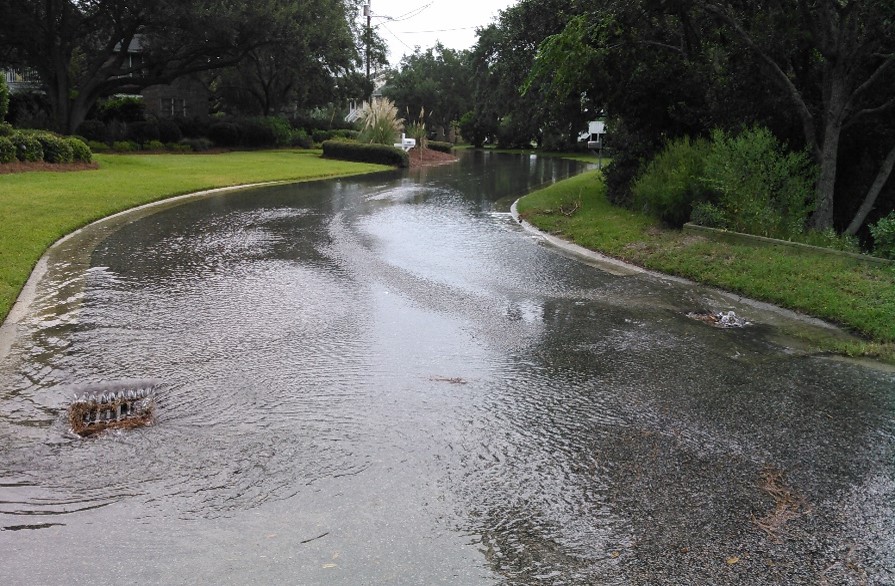
Water flows freely through storm drains following
Mount Pleasant's extensive infrastructure improvements.
"They indicated there would be no need for an on-air interview," she said. So why, with that historic amount of rainfall, did some areas suffer horrific flooding while others did not?
Part of the answer lies with geography, as areas near rivers and creeks took the brunt of those swollen waterways. But another part has to do with investments in infrastructure that allowed stormwater systems to successfully take on unprecedented amounts of rain.
When the Town of Mount Pleasant launched its first strategic plan in 2010, one of the biggest elements was implementing the town’s first capital plan, according to Town Administrator Eric DeMoura.
The capital plan set town officials on the path of designing and constructing many stormwater improvement projects, including inspecting old and new infrastructure, repairing broken lines and building new ones.
Town officials also did a comprehensive study of the entire stormwater system.
Years of robust growth and development led town officials to rely on private contractors to establish stormwater systems, said DeMoura. "Not only did we not know the condition of all the pipes, we didn’t even know where they all were located." In some areas, they discovered poor workmanship or huge gaps between lines.
After assessing the system’s strengths and weakness, town officials designed a plan to repair the system. Because of the planning they did, town officials were able to demonstrate the critical need for improvements and the public value of the system, DeMoura said. Council and taxpayers agreed to invest in the system, allowing council to increase stormwater fees to pay for the projects.
Today, Mount Pleasant places a heavy emphasis on proper engineering and planning of stormwater systems, DeMoura said. Developers must have designs vetted and approved before anything goes into the ground. Code inspectors check every section of pipe placed.
The town also requires developers to install concrete pipes, rather than those made of plastic or metal. Finally, contractors must provide staff with a video of the lines to ensure they installed the lines properly.
|
An "in-pipe" view of a drainage pipe from clogged to cleared.
| |
|---|---|
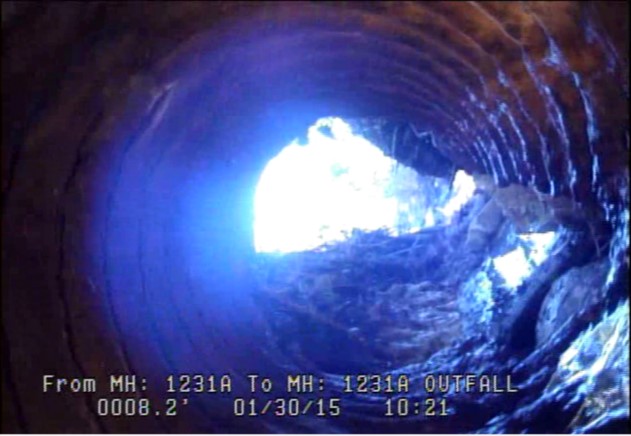 | 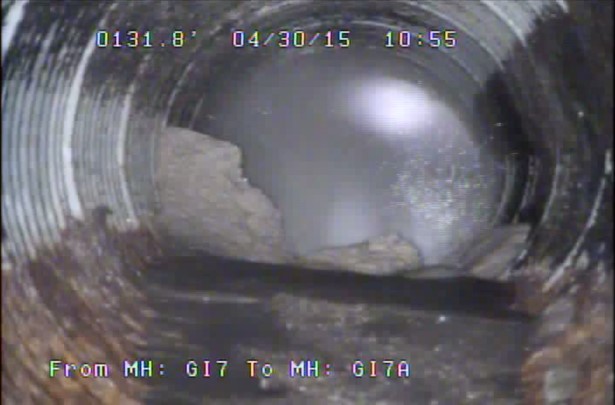 |
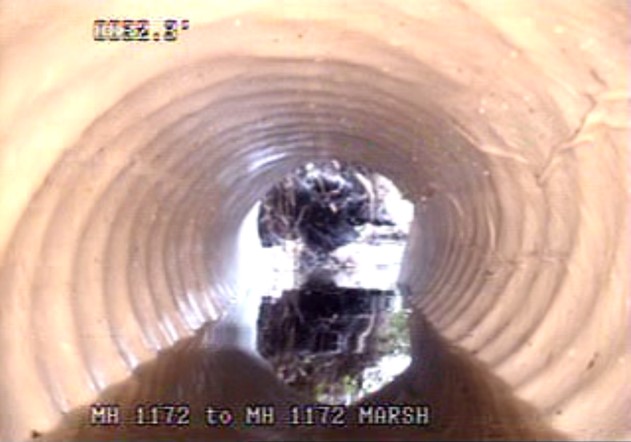 | 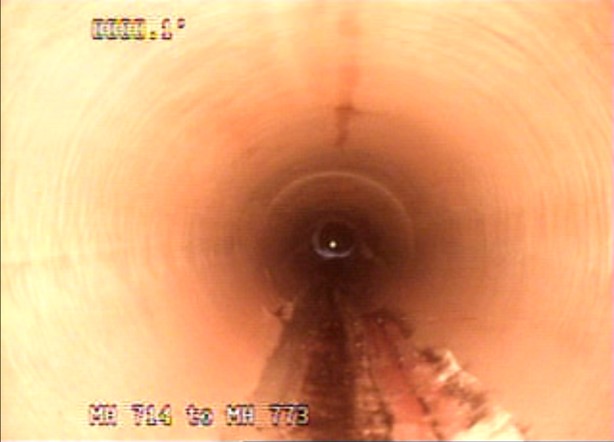 |
The Town of Surfside Beach also escaped major damage from the October flooding thanks in part to its investment in infrastructure improvements and its ongoing participation in the Federal Emergency Management Agency’s Community Rating System, according to Public Works Director John Adair.
Beginning around 2000, the town began investing in large drainage projects, upgrading its infrastructure, improving drainage basins and widening its ditch and canal system, Adair said. Surfside Beach has spent some $5 million on improvements during the past 10-12 years, he added.
FEMA’s Community Rating System is a voluntary incentive program through the National Flood Insurance Program that recognizes and encourages community floodplain management activities that exceed the minimum NFIP requirements.
Surfside Beach staff has mapped the drainage system and adheres to a rigorous maintenance schedule, Adair said. Because the town participates in the Community Rating System, homeowners in the flood zones get a discount on flood insurance if the town meets certain requirements.
"Through stricter standards we are creating a more resilient community," Adair said.
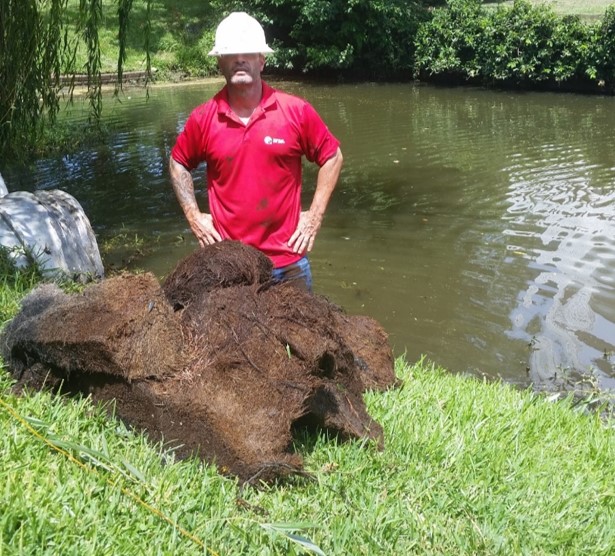
Worker inspects a large root mat removed from
a clogged drainage pipe in Mount Pleasant.
